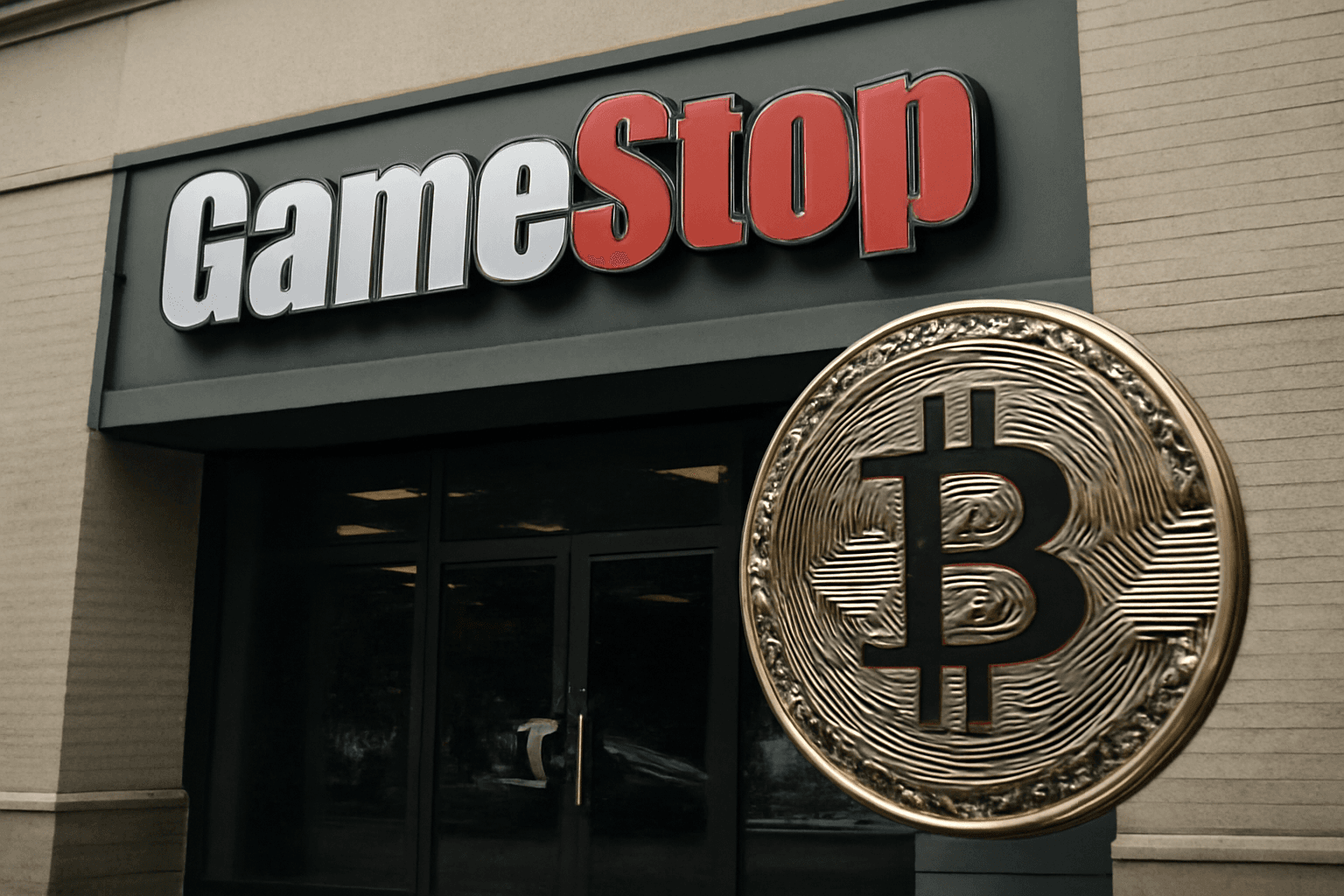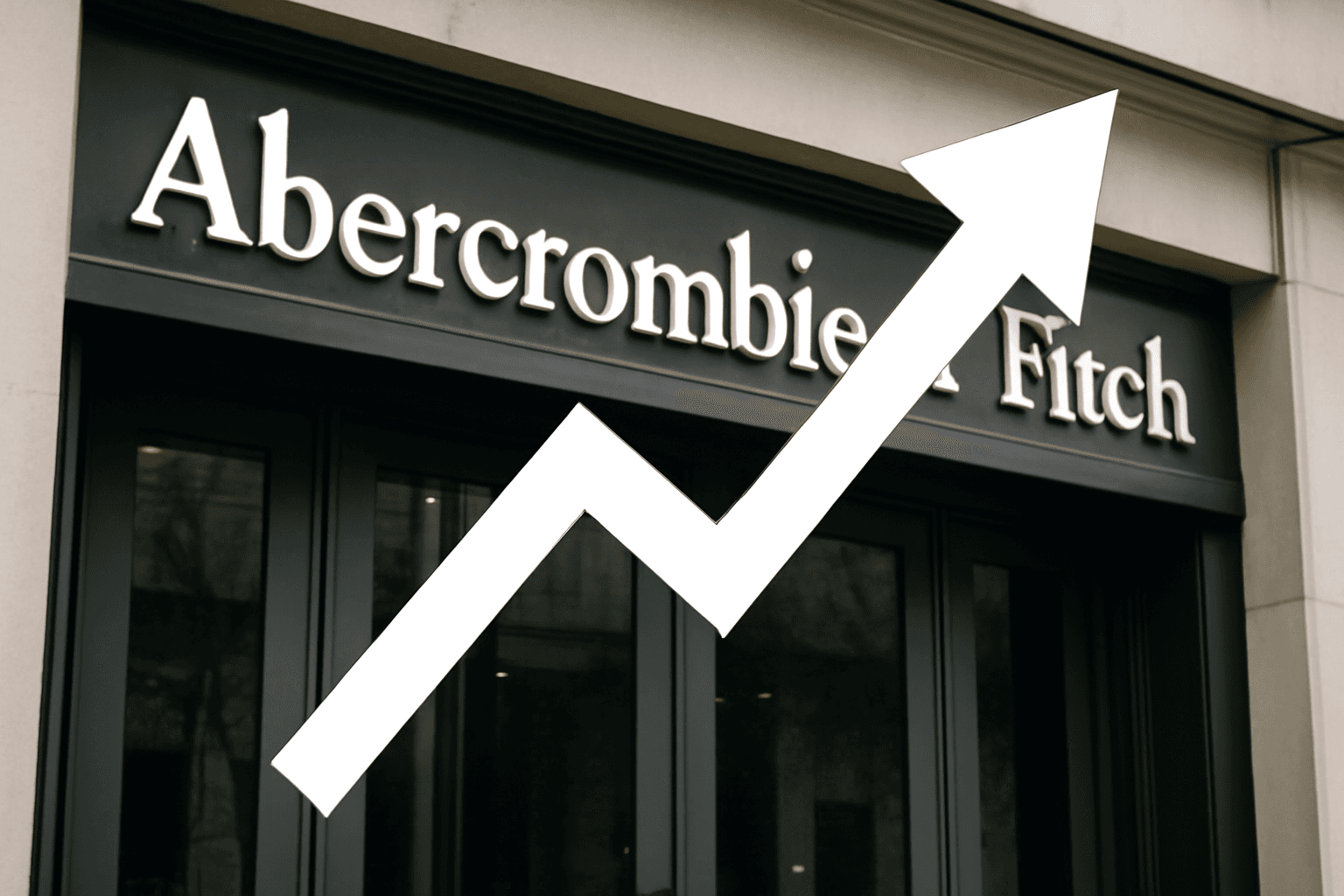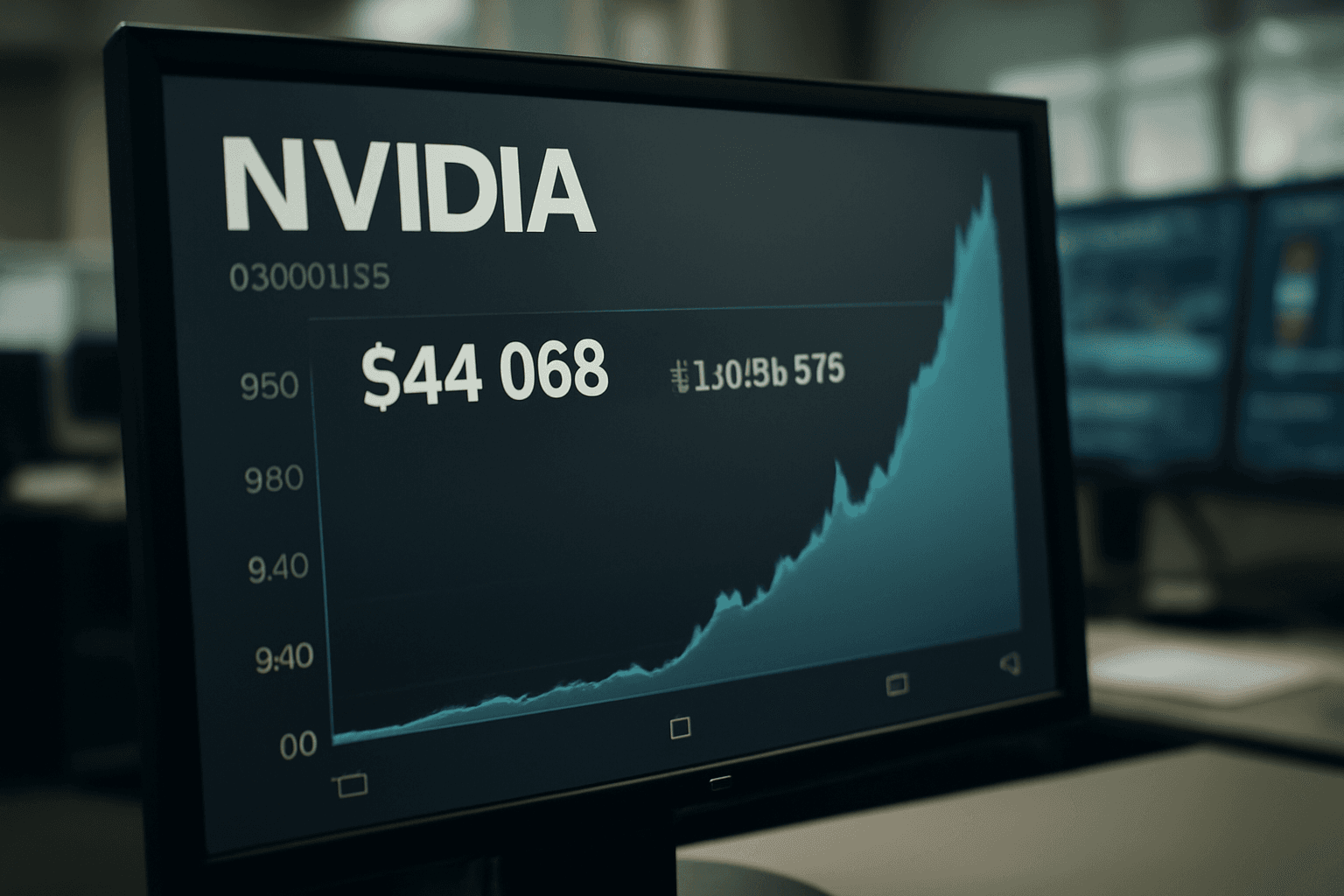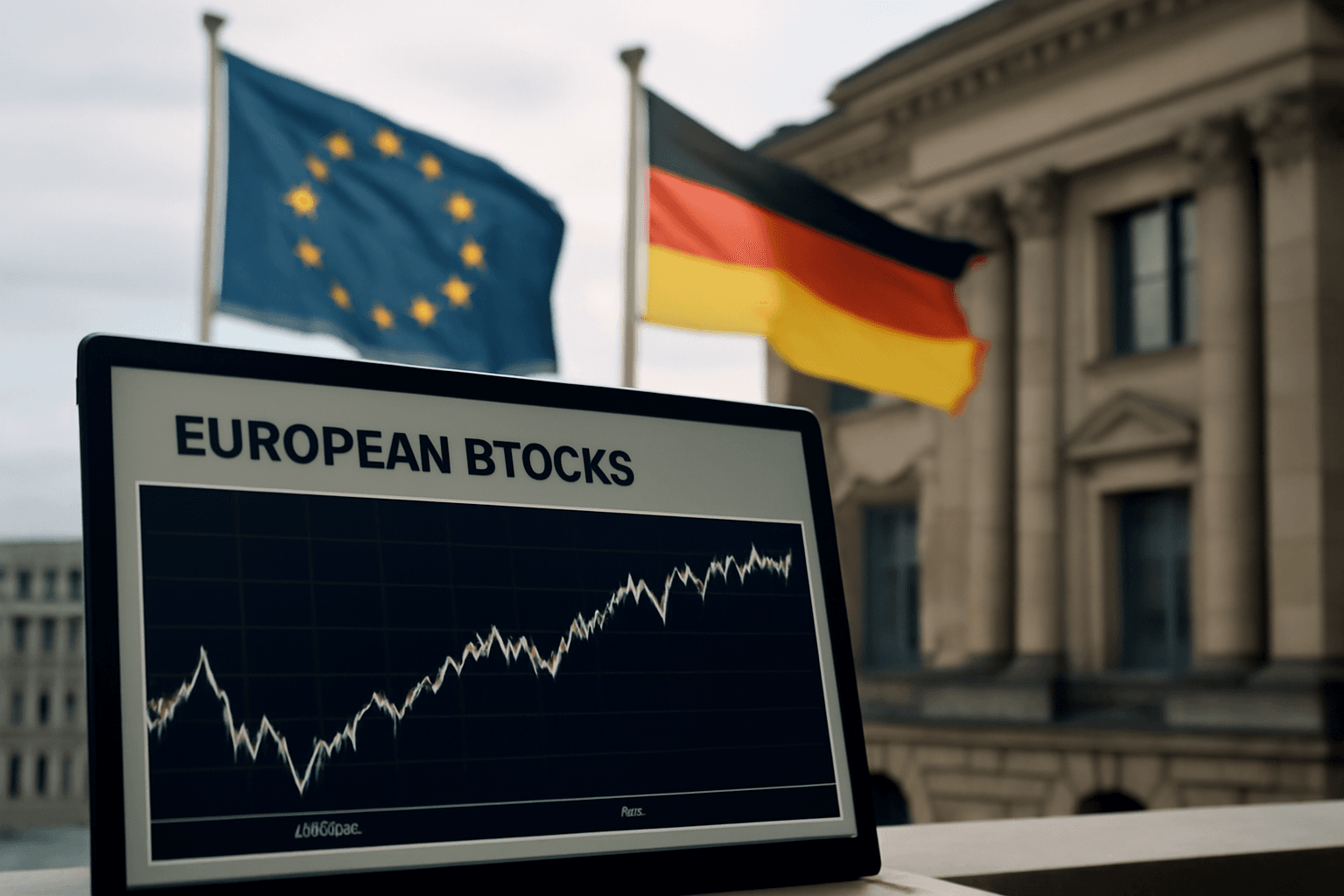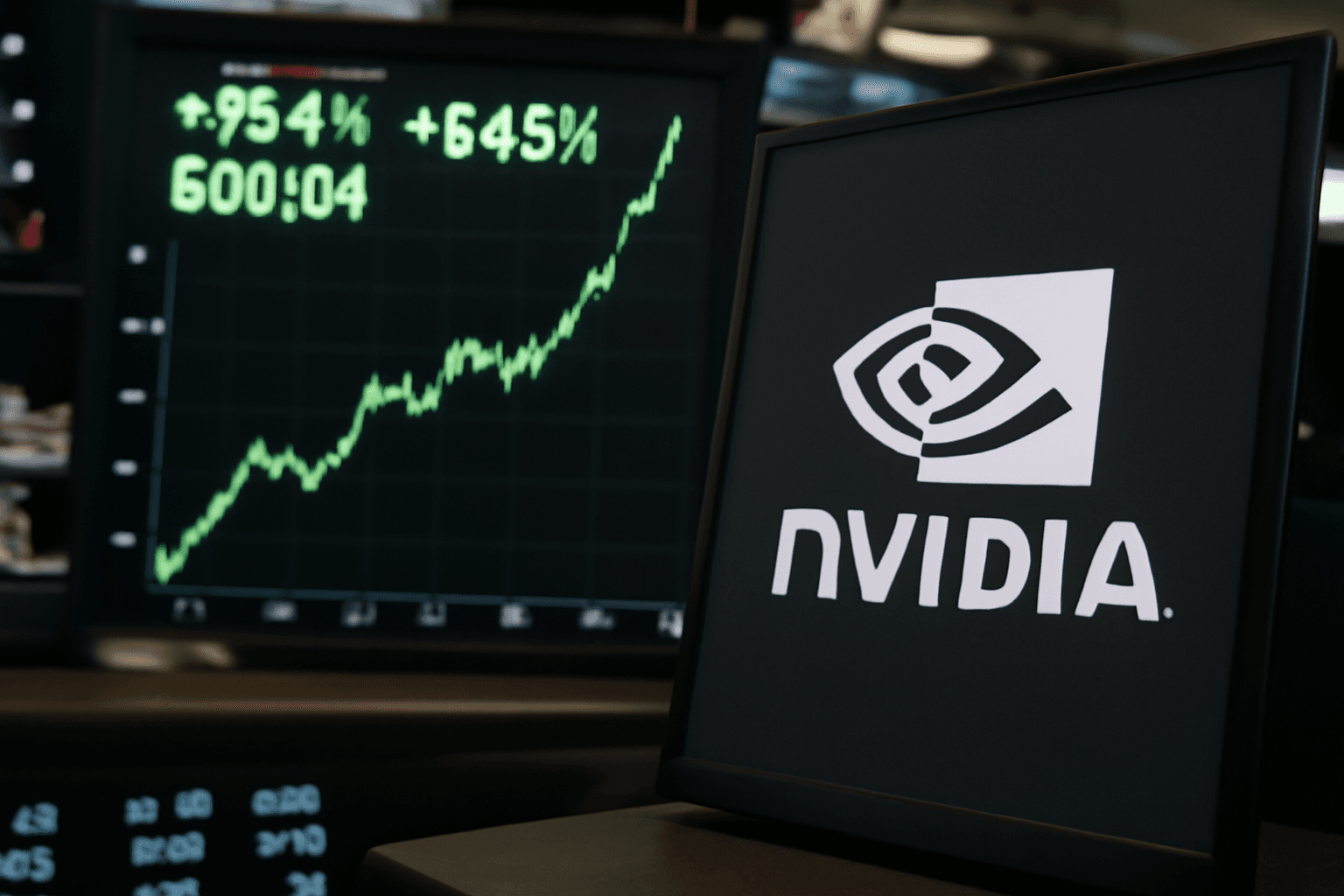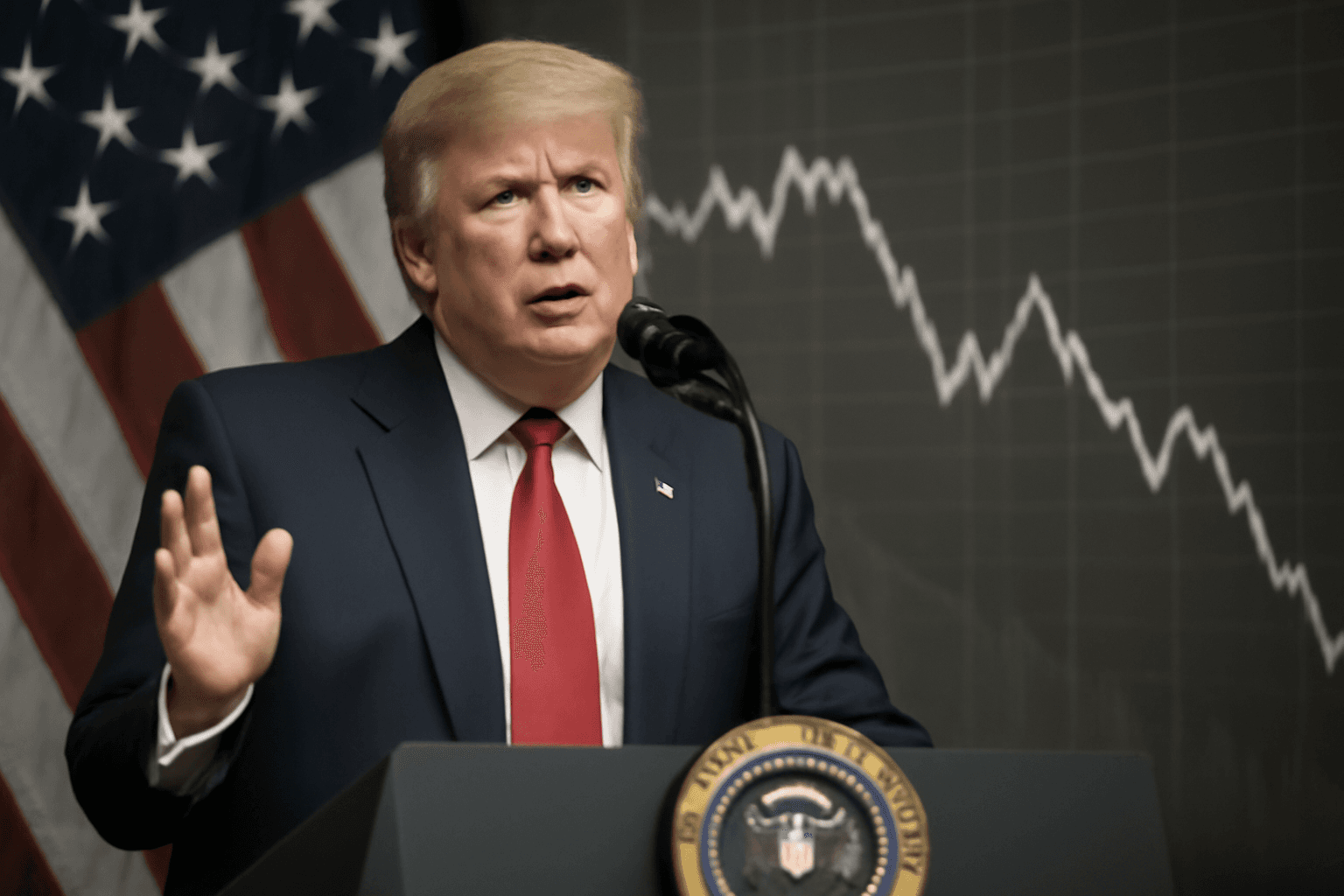Block Set to Join S&P 500, Driving Shares Upward
Shares of Block Inc. soared over 10% in after-hours trading on Friday, following the announcement that the fintech giant will officially join the S&P 500 index on July 23. This inclusion comes as the company replaces Hess Corporation, which is exiting the index after its acquisition by Chevron.
Understanding the Shift: Hess Out, Block In
Hess Corporation’s departure from the S&P 500 marks a significant chapter in the energy sector as Chevron’s $54 billion acquisition completes. This transition reflects a broader landscape of corporate consolidation and realignment within major indexes. For investors, such changes often bring fresh opportunities – and volatility – as funds rebalance to mirror updated index compositions.
How Index Changes Impact Markets
When a company enters a major index like the S&P 500, it generally prompts a buying spree from index funds and ETFs, which must purchase shares to replicate the index's holdings. Block’s 10% rise exemplifies this “index inclusion effect.” However, it’s important to note that Block has faced challenges earlier this year, including a 14% year-to-date decline despite the broader market’s gains. The Nasdaq, for example, has risen over 8% in the same period.
Quarterly Results and Future Outlook
In May, Block reported quarterly earnings that fell short of analyst expectations, coupled with a cautious outlook influenced by a tricky macroeconomic environment. The company specifically cited concerns over tariff announcements and broader market dynamics impacting growth projections. These factors weighed on investor sentiment, sending shares lower initially.
Looking ahead, Block is scheduled to report its second-quarter results on August 7. Market watchers will be keenly observing whether the company can rebound or maintain resilience amid persistent economic uncertainties such as inflation pressures and geopolitical tensions.
Block’s Evolution: From Square to Blockchain Innovator
Founded in 2009 by Jack Dorsey, Block’s journey from its roots as Square—a company known for revolutionizing small business payments with its point-of-sale terminals—to a comprehensive financial services ecosystem is notable. The 2021 rebranding to Block underscores its strategic pivot towards blockchain technologies, crypto services, and lending, aligning with fintech's evolving frontier.
The Bigger Picture: Technology’s Growing Sway in the S&P 500
Block’s addition underscores the S&P 500’s increasing tilt towards technology and finance sectors. This trend reflects the market capitalization growth of innovative companies reshaping traditional industries. Investors looking at the index should consider how this evolving sector balance might influence portfolio risk and returns moving forward.
Expert Commentary: What This Means for Investors
- Index Inclusion Effects: Companies added often experience short-term price boosts due to institutional rebalancing.
- Volatility Risks: Despite inclusion, underlying fundamentals and macro risks—such as tariffs and economic cycles—can temper gains.
- Sector Dynamics: Tech-heavy shifts may offer growth but could increase exposure to sector-specific downturns, requiring diversification.
Conclusion
Block’s entry into the S&P 500 is both a milestone for the company and a signal of changing tides in the market’s makeup. While inclusion often buoy stocks, investors would do well to monitor the company’s upcoming earnings, the evolving macroeconomic backdrop, and regulatory landscapes affecting fintech and blockchain adoption.
Editor's Note
Block's S&P 500 inclusion highlights fintech's rising influence amid economic headwinds. Will this recognition help the company recover investor confidence after a challenging first half? Moreover, how will regulatory scrutiny around digital assets affect Block’s future growth? As Block betters its foothold in blockchain, these questions frame a pivotal moment for both the company and the evolving index landscape.



